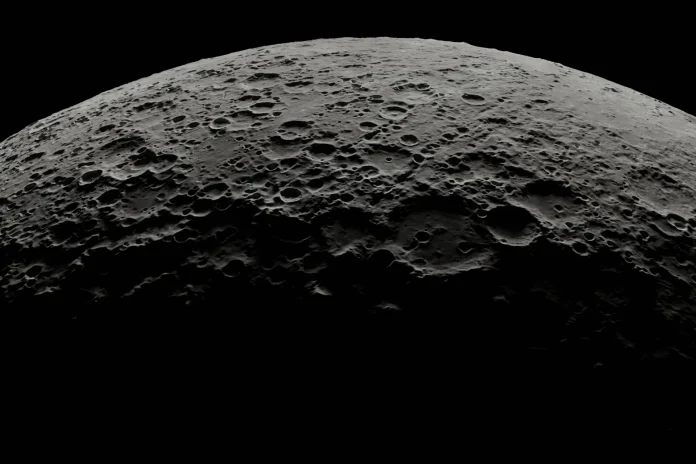For millennia, the Moon has gazed down on Earth and has been a silent witness to our history and evolution. But times are changing. According to scientists, our celestial companion has entered a new chapter marked by our lasting touch: the Lunar Anthropocene – the time humans have had a substantial impact on our star.
Lunar Anthropocene
This newly proposed approach, Lunar Anthropocene, suggested by researchers at the University of Kansas, signifies human activity’s profound impact on the lunar surface. It’s not just about the iconic footprints of Apollo astronauts or the tracks of lunar rovers. It’s about the growing effect of over 100 spacecraft interactions, the constant bombardment of micrometeoroids blended by our lunar explorations, and the subtle shifts in the Moon’s delicate environment.
The Past Landings
Remember the Soviet Luna 2 in 1959? That wasn’t just a crash-landing; it was the dawn of the Lunar Anthropocene. Since then, we’ve littered the lunar surface with a curious collection of artifacts: abandoned spacecraft, scientific instruments, even a few stray golf balls and, yes, a lot of human waste. These physical imprints tell a story but raise an important question: are we safeguarding this pristine environment as we venture further into space?
“This idea mirrors the discussion of the Anthropocene on Earth,” explains Justin Holcomb, lead author of the study published in Nature Geoscience. “We, with our relentless curiosity and technological prowess, have become a dominant force shaping the Moon’s future.”
Future Missions
The researchers cite several compelling arguments for declaring a new lunar epoch. All critical factors are the direct number of spacecraft interactions, the potential for future missions to increase the impact, and the ongoing movement of lunar grounds by rovers and human activity.
As Holcomb cautions, “In the coming decades, the lunar landscape will be transformed beyond recognition. We need to prepare for this new era of multinational space exploration and its inherent challenges.”
One of the most pressing concerns is the vulnerability of lunar sites. Unlike Earth, no legal or policy frameworks are in place to protect them from destructive activities. This lack of regulatory oversight enhances the need for a comprehensive approach to documenting and reducing the impact of human activity on the Moon.
Two-Pronged Approach
The researchers propose a two-pronged approach to the lunar anthropocene: careful record-keeping and environmental responsibility. Each footprint, each rover track, and every piece of abandoned equipment must be strictly categorized, creating a detailed historical record for future generations studying our lunar adventure. Moreover, future missions must be environmentally sensitive, minimizing their footprint and prioritizing the Moon’s delicate ecosystems.
Insights on the Lunar Anthropocene
“Imagine the future – archaeologists thousands of years from now sifting through the lunar archives, piecing together our journey to the Moon,” says Holcomb. “These footprints, these artifacts, tell a story not just of technological advancement, but also of our evolving relationship with our celestial neighbor.”
The Lunar Anthropocene is a cheerful reminder of our growing influence on the universe. As we venture further into the cosmos, it’s time to move beyond the thrill of exploration and embrace the responsibility. The Moon, our closest celestial companion, deserves our respect and protection, not just as a scientific wonder but as a fragile ecosystem entrusted to our care.
The declaration of the Lunar Anthropocene is not just a scientific concept; it’s a call to action. It’s a call to protect the Moon, to document our interactions responsibly, and to learn from the lessons it has to teach us about our place in the vast, interconnected web of the universe.



